As the world digests the shock of Steve Jobs departing as Apple's iconic CEO and pontificates over stock prices and future leadership, we decided to take a look back at the innovations he oversaw -- both the flops and those that changed the world.
No matter how you feel about the company or Jobs himself, it's impossible not to recognize the incredible turnaround Apple has seen in the past 10 years -- and the industry it has transformed in the process. Apple has consistently been at the forefront of innovation, design and culture, inspiring a generation to look at technology not as a tool, but as a way of life.
While the era of "One more thing..." may be over, Steve Jobs' legacy will endure through the most important thing he created: Apple itself. And for that, we are thankful. Click through below for a brief history of the key product milestones throughout Jobs' career. Let us know in the comments if we forgot anything.
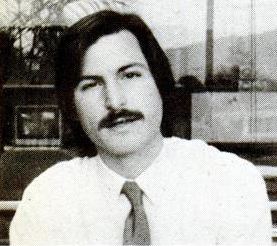
Steve Jobs at age 26
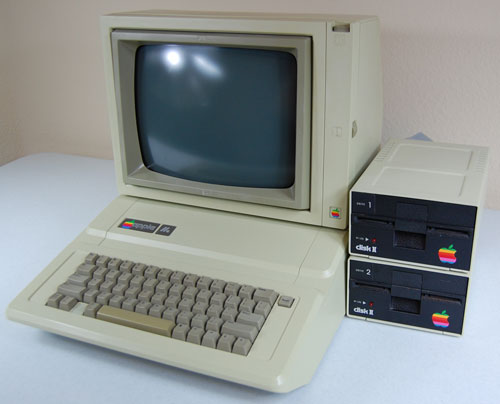
After the disaster that was the Apple III, Apple released the Apple IIe in 1983, adding a full ASCII character set and keyboard. The IIe is the longest-living product in Apple's history, having sold for 11 years with few changes. (Photo credit: vectronicsappleworld.com)
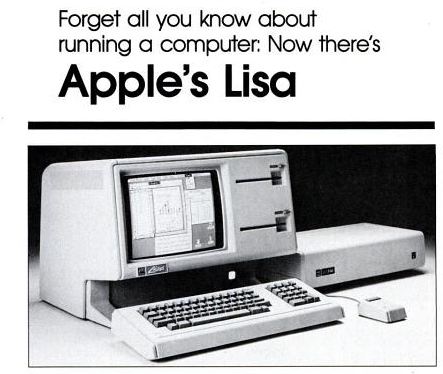
The Apple Lisa debuted in January 1983 and cost $9,995 US. It introduced a modern graphical user interface, support for up to 2MB of RAM and had an internal hard drive in addition to expansion slots. Although Jobs was kicked off the Lisa team in 1982, it was very much his baby. Coincidentally, Jobs' first child was named Lisa.
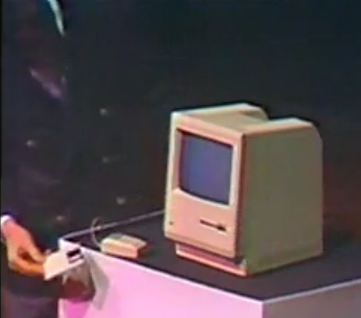
The demonstration that changed the world. When Steve Jobs popped in that floppy disk to boot up the Macintosh in 1984, it set the standard in personal computing for a decade. The Macintosh was the first commercially successful PC to feature a mouse, graphical user interface and semi-affordable price tag of $2,495 US.
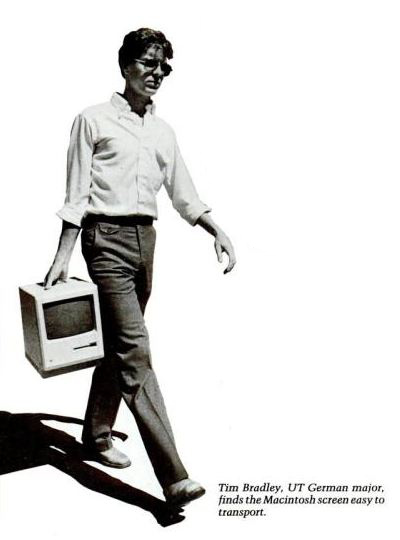
An indentation in the top of the Macintosh case made it easier for the computer to be lifted and carried. Future Macs included similar carrying capabilities.
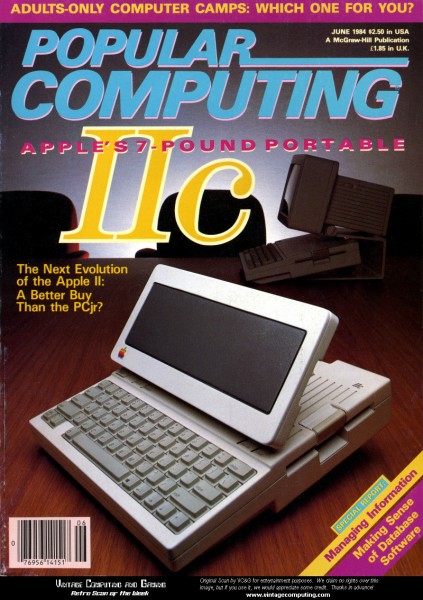
Billed as the portable Apple II, the IIc was the last Apple II before Jobs left Apple.
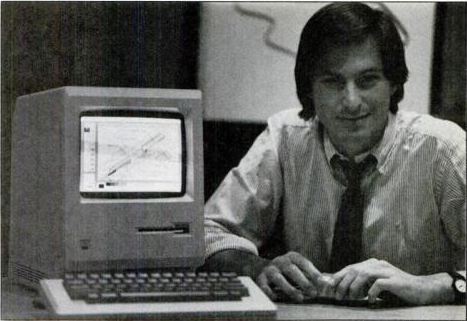
Shortly after the launch of the Macintosh, an industry-wide sales slump led to an internal battle between Jobs and Apple CEO John Sculley. Sculley relieved Jobs of his duties in 1985.
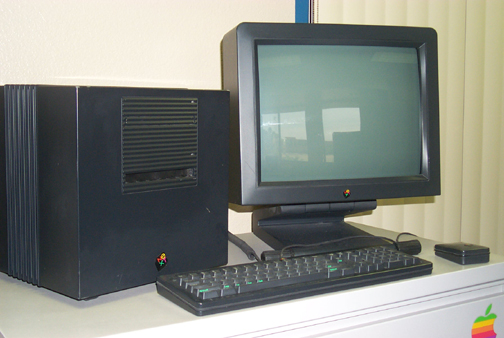
After being ousted from the company he helped found, Jobs launched NeXT Computer. Although the NeXT computers were a commercial failure, they brought to market a number of innovations including the Mach kernel, the digital signal processor chip, and the built-in Ethernet port.
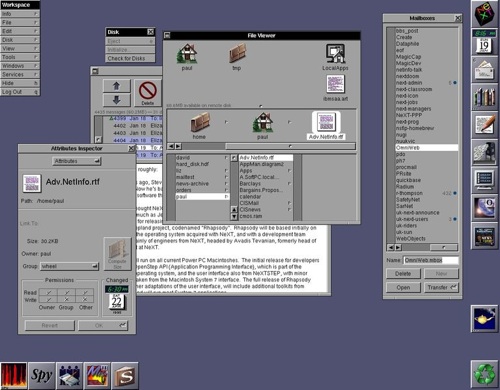
At NeXT, Jobs also oversaw what would end up defining his career into the new millennium: the NeXTSTEP operating system. NeXTSTEP would eventually become Mac OS X. Also: the first web browser was built for NeXTSTEP.
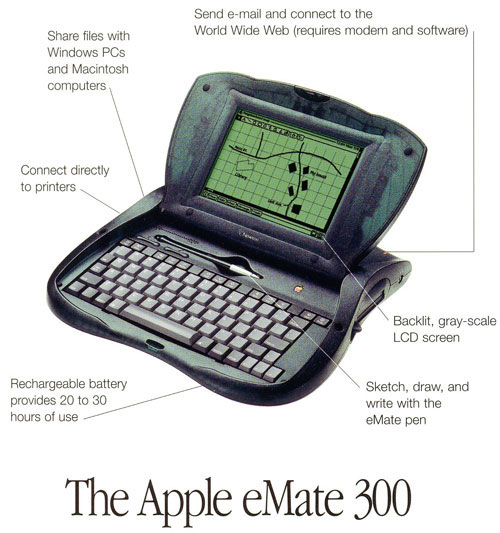
When he returned to Apple in 1997, Jobs killed off the Newton line, including the eMate 300. However, its design elements would inspire Apple's first reinvention of the laptop and its transition to "cool": the iBook.
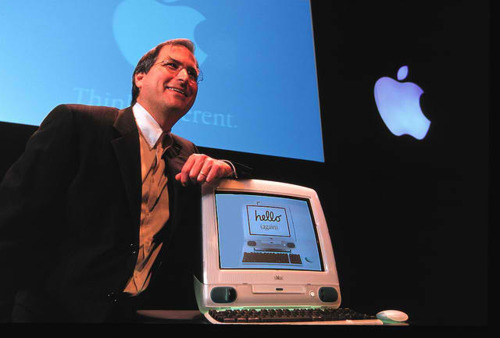
Cementing his comeback as Apple's CEO, Steve Jobs introduced the colorful and playful iMac in 1998. Designed by Jonathan Ive, the iMac was dramatically different than any previous personal computer. It was also the first to include USB ports as standard.
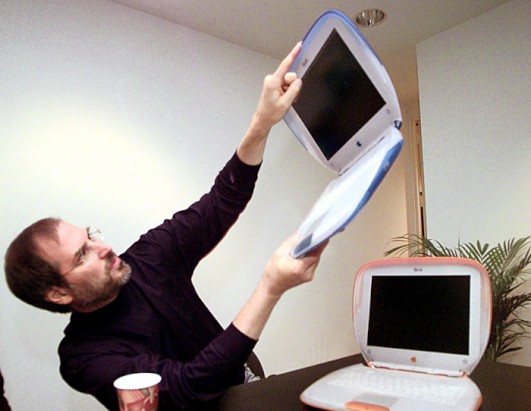
It was the laptop everyone wanted. Jobs launched the iBook in 1999 in two colors: Tangerine and Blueberry. The iBook was the first mainstream computer to come with integrated wireless networking using an antenna design that became industry standard.
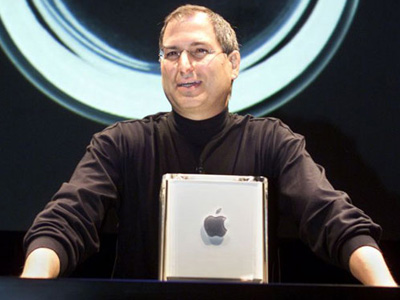
So not everything Jobs (and designer Jonathan Ive) touches turns to gold. The Power Mac G4 Cube debuted in 2000 and was more expensive and limited than comparable Macs, and suffered manufacturing issues that led to cracks. Sales didn't last long, and Apple issued a strange press release in July 2001 announcing the Cube was "put on ice."
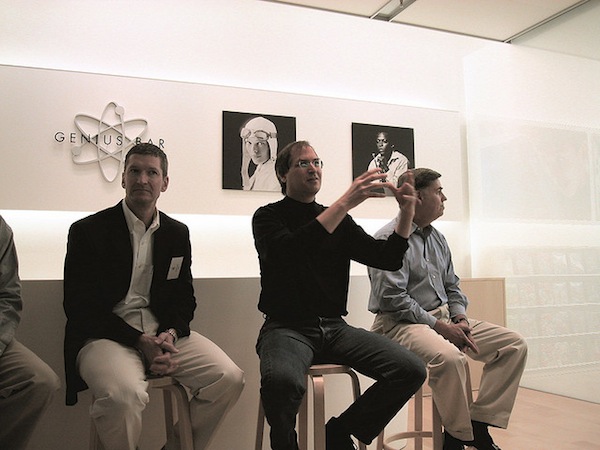
In May 2001, Jobs heralded the arrival of the first Apple Stores with an event at Tysons Corner. The Stores helped push the Apple brand into the mainstream and became the most profitable retail outlet by square footage in the world. Microsoft, Sony, Nokia and others would go on to launch their own stores. There are now 330 Apple Stores worldwide.

The iPod didn't seem real. 1,000 CD-quality songs into an ultra-portable, 6.5 ounce design that fits in your pocket. With the first iPod introduction in 2001, Apple would ring the death knell for CDs and set the standard for music players, which continues to this day. Designed by Jonathan Ive, the iPod was created in less than a year and the software development was overseen by Jobs himself.
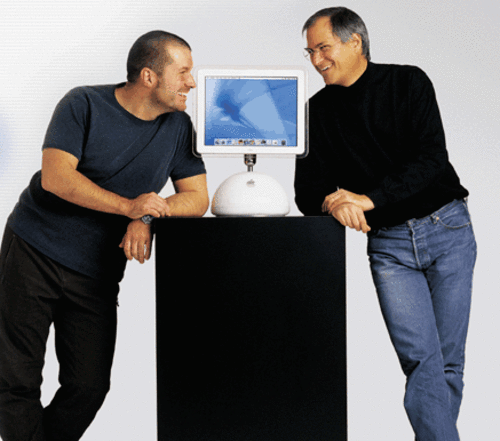
In 2002, the successful iMac was given its first major overhaul and introduced a completely new design to Apple computers. It was nicknamed the iLamp, as a flexible arm held the LCD screen above the computer's body.
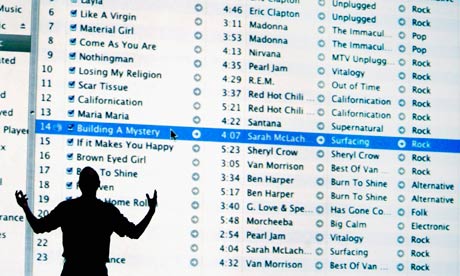
In 2003, Steve Jobs took the stage to unveil the iTunes Music Store with an innovative 99-cent flat-fee pricing model and wide selection of commercial and indie music. The iTunes Music Store was largely seen as the first offering that could stem mass piracy of music that began at the turn of the millennium. To date, Apple has sold well over 10 billion songs through iTunes.
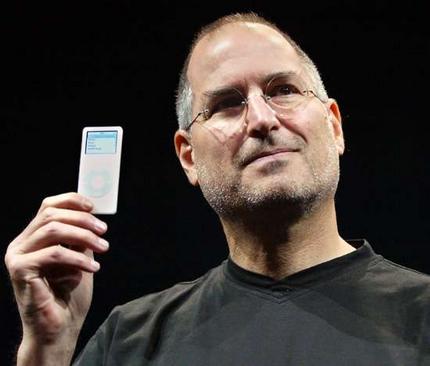
Wait, that's an iPod?? Jobs slipped the diminutive music player out of his pocket in 2005 to an astonished audience. The iPod Nano was as thin as a pencil and held up to 4GB of music. It even had a color screen to boot.
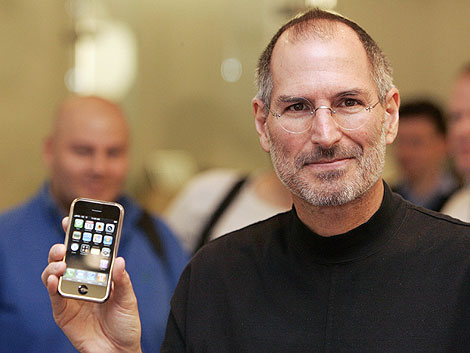
In 2007, just like it did with the music players, Apple reinvented the phone. The iPhone quickly became the hottest device worldwide, introducing a scratch-resistant glass multi-touch screen, built-in storage, and a full-fledged web browser never before seen on a mobile handset.
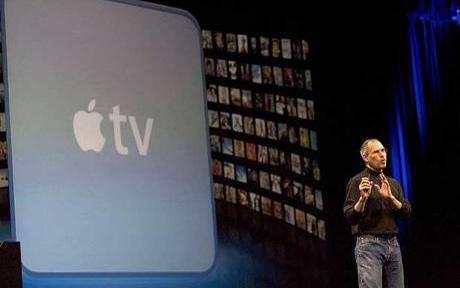
Apple got into the TV racket in 2007 with the introduction of Apple TV. Users could buy and rent thousands of HD movies and television episodes, which streamed instantly from the web. While not a commercial success initially, sales improved with the product's second generation in 2010 and Apple is now rumored to be building a TV. Look out, Sony.
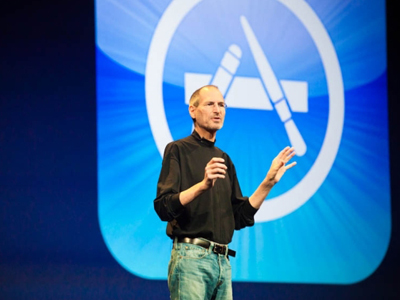
After setting the standard for mobile phones with the introduction of the iPhone in 2007, Apple turned the mobile world on its head again with the App Store. Mobile developers had instant access to millions of iPhone and iPod Touch users, and consumers had one-click access to downloads. The iPhone was no longer a phone, but a handheld computer.
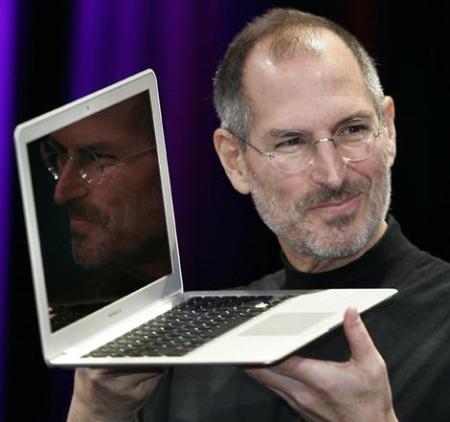
2008 saw the introduction of the thinnest and lightest 13-inch laptop on the market, the MacBook Air. Impossibly small, early versions of the MacBook Air dealt with heat and speed issues, but later revisions were vastly improved and the MacBook Air now serves as Apple's primary line of portable computer for consumers.

He may have killed off the Newton in 1997, but tablet computing came back with a bang last year. Apple released the first iPad in April 2010, and sold 3 million of the devices in 80 days. By the end of 2010, Apple had sold 14.8 million iPads worldwide and jumpstarted the market for tablet computers. Rivals are copying the iPad so closely, numerous lawsuits have been filed.
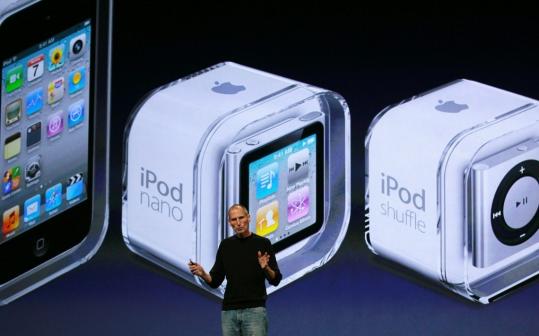
Just when you thought it couldn't get any smaller. In 2010, Steve Jobs announced the new iPod Nano -- small enough to fit on your wrist, but sporting long battery life and a multi-touch screen. It's not clear how Apple will improve this iPod.

In his final stage appearance as Apple's CEO this June, Steve Jobs unveiled iOS 5, the new version of Apple's mobile platform that could one day end up replacing Mac OS X. He also introduced iCloud, Apple's first major effort to embrace web-based applications and online storage that syncs between devices.



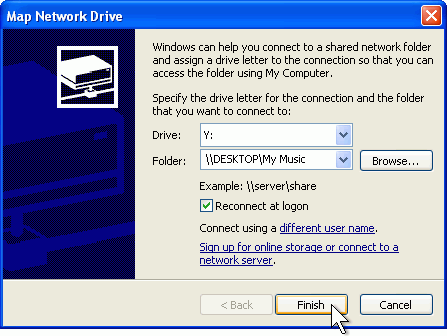



 Internet security company Trend Micro Incorporated has released its
Internet security company Trend Micro Incorporated has released its 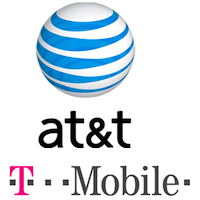 The Federal Communications Commission told AT&T Friday that it had received enough information on its
The Federal Communications Commission told AT&T Friday that it had received enough information on its 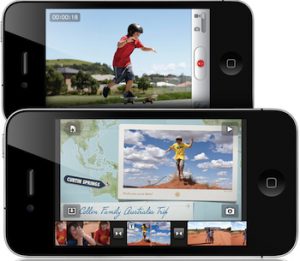 Keep your friends close, and your enemies closer. 19-year-old Jailbreakme.com creator Nicholas Allegra -- better known by his hacker handle "comex" -- has been hired as an intern by Apple, he disclosed on Thursday night.
Keep your friends close, and your enemies closer. 19-year-old Jailbreakme.com creator Nicholas Allegra -- better known by his hacker handle "comex" -- has been hired as an intern by Apple, he disclosed on Thursday night. Antivirus and anti-malware software are essential for any computer users, but there are times when your defenses are down. You may have reinstalled your operating system or had to disable your security software for some reason. If you find that for these or other reasons your computer has become seriously infected with malware, perhaps to the point that it will not boot,
Antivirus and anti-malware software are essential for any computer users, but there are times when your defenses are down. You may have reinstalled your operating system or had to disable your security software for some reason. If you find that for these or other reasons your computer has become seriously infected with malware, perhaps to the point that it will not boot, 
 Wake-on-LAN (WOL) is, in theory, a very convenient technology, able to wake up a sleeping PC on your local (wired) network just by sending it an appropriately formed “magic packet”.
Wake-on-LAN (WOL) is, in theory, a very convenient technology, able to wake up a sleeping PC on your local (wired) network just by sending it an appropriately formed “magic packet”.
























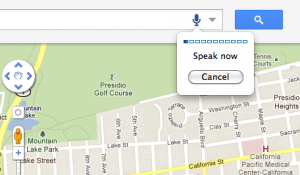 The days when we talk to our computers like something out of Star Trek are fast approaching. Google
The days when we talk to our computers like something out of Star Trek are fast approaching. Google 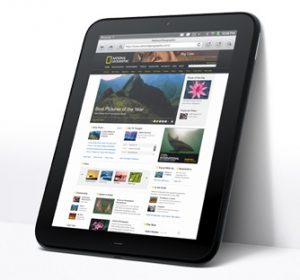 One week ago today, 18 of August of 2011,
One week ago today, 18 of August of 2011,